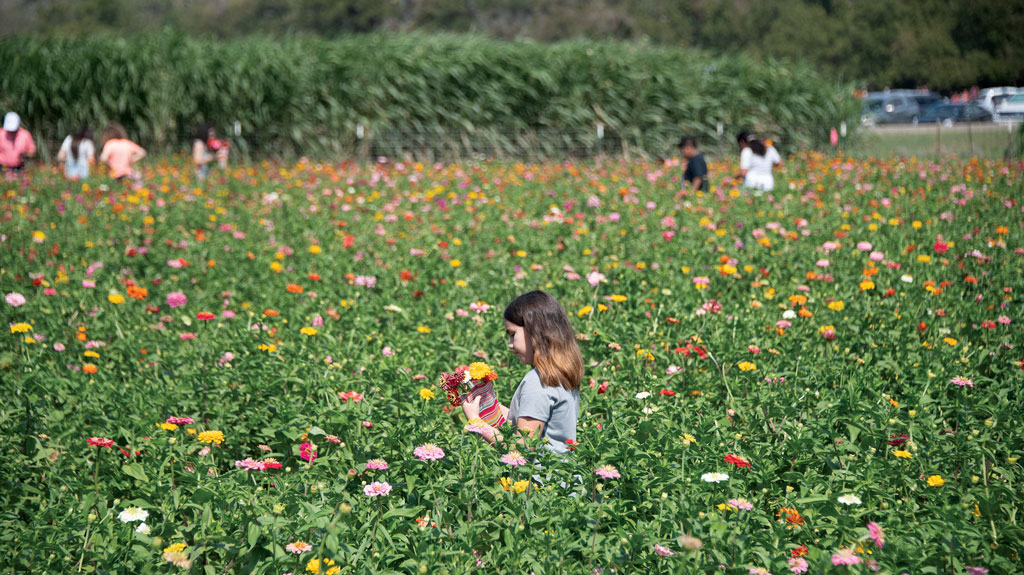
Butterflies enjoy ripe fruit as well as nectar from flowers. Turn your backyard into an eatery for the migrating insects by setting out very ripe fruit such as oranges, peaches, apples, and bananas.
Typically, in the last two weeks of October, we are blessed to experience, see, and hear the migration of the monarchs and many other species of butterflies as they travel through the Texas Funnel, aka our backyards.
According to monarch butterfly scientist Chip Taylor, founder of Monarch Watch, the monarch migration could be the strongest since 2008 (a 5-hectare year), meaning LOTS of butterflies. If you would like to open your own butterfly diner for a couple of weeks, butterflies love very ripe fruit such as oranges, grapefruits, strawberries, peaches, nectarines, apples, and bananas. Simply slice the fruit, set on a plate, and put on your porch, on top of a stump, in your garden … We would suggest however, that, at night, either dispose of the feast or wrap it and put in the fridge. Night critters also enjoy feasting on rotting fruit.
With this glorious rain we have been receiving, the grass is growing. Remember that, when you are cutting your lawn, you only want to cut a maximum one-third of the grass blade. So you might have to cut a few extra times this month. But what a small price for green, healthy grass.
George from Marble Falls asks: “What’s the difference between frost-susceptible and frost-tolerant?”
George, that’s a great question and very apropos for right now while we are concluding planting our fall vegetable transplants.
A frost-susceptible vegetable/fruit/crop will be killed or injured by temperatures below 32 degrees, according to Texas A&M. Examples of frost-susceptible plants are: bush bean, summer squash, cucumber, sweet corn, lima bean, okra, pepper, cherry tomato, cantaloupe, eggplant, Irish potato, pumpkin, sweet potato, tomato, watermelon, and winter squash.
Frost-tolerant vegetable/fruit/crop can withstand temperatures below 32 degrees. Note that most frost-tolerant plants will likely survive light to moderate frosts but could be damaged or killed by exposure to frost and temperatures below 25 degrees. Some familiar frost-tolerants are beet, leaf lettuce, mustard, radish, spinach, turnip, turnip green, broccoli, carrots, Chinese cabbage, green onion, kohlrabi, parsley, Brussels sprouts, bulb onion, cabbage, cauliflower, and garlic.
As Halloween approaches, the pumpkin patches grow. Lots of joy to be had with family, friends, and vegetables!
Keep your souls and soles in your garden!
Remember the True Master Gardener: Jesus said, “I am the vine; my Father is the Gardener.” John 15:1
Contact Bill Luedecke at The Luedecke Group Realtors at (512) 577-1463 or email him at bill@texasland.net. Contact Martelle Luedecke at (512) 769-3179 or luedeckephotography@gmail.com.












